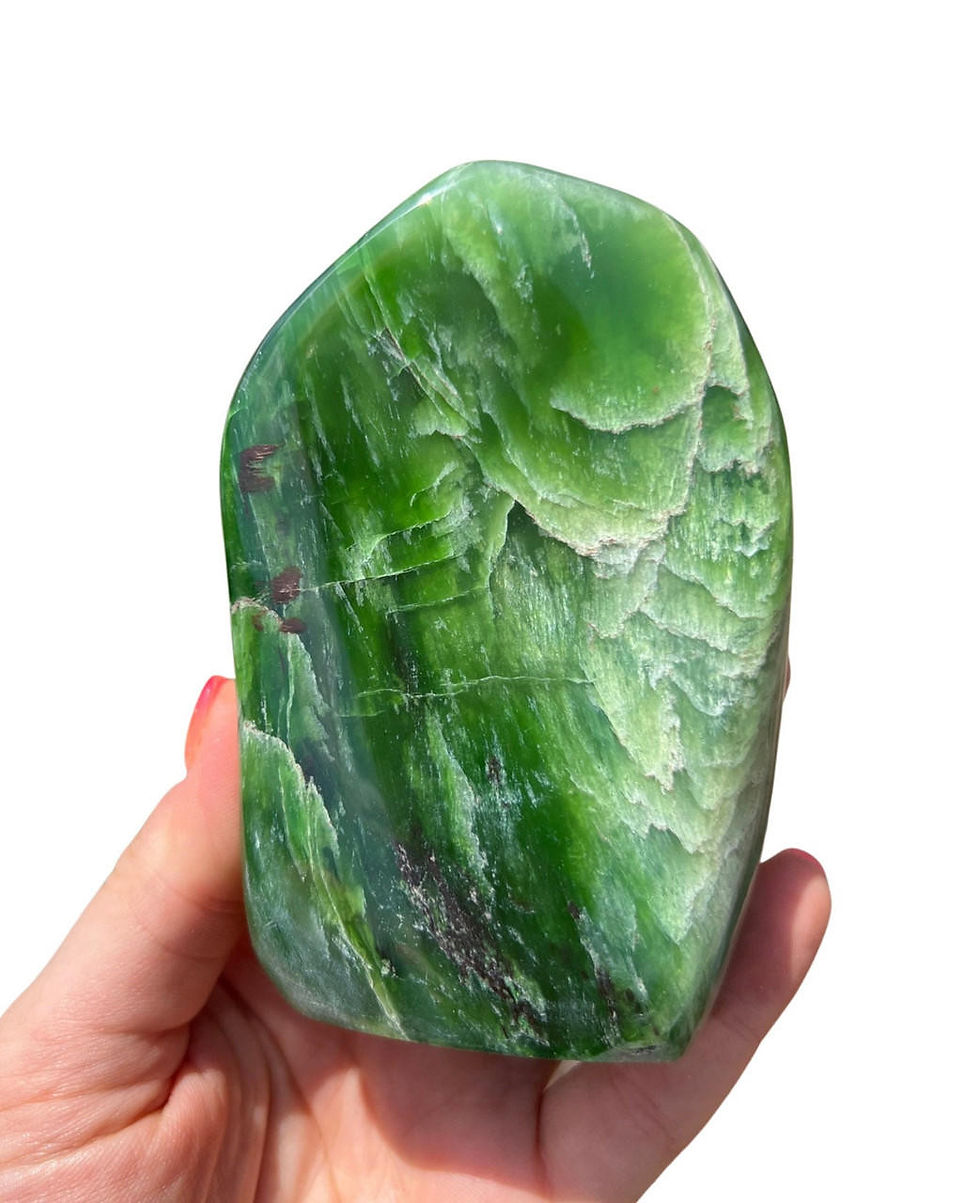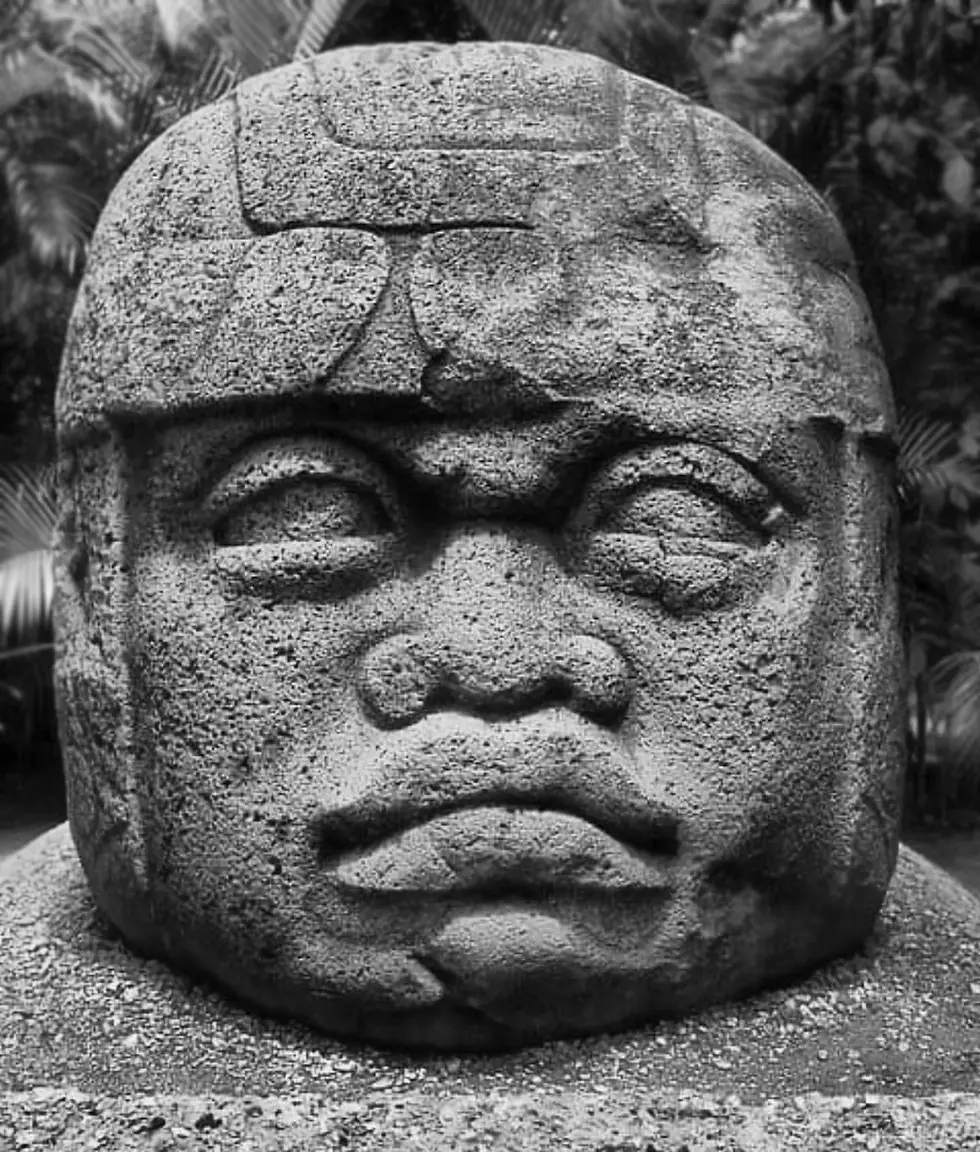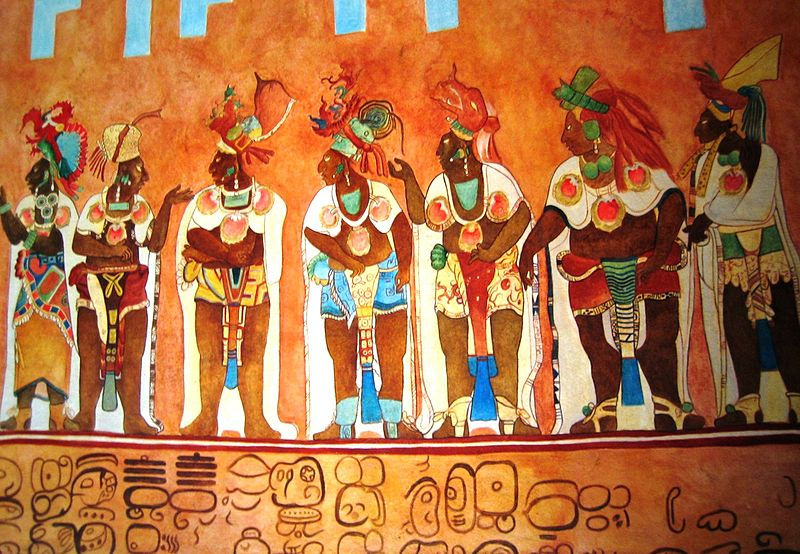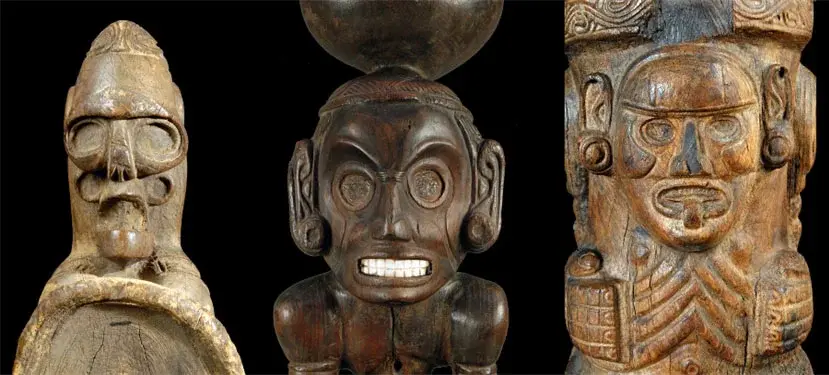Jade: The Sacred Stone of Ancient Mesoamerica
- ninedivinecreation
- May 22
- 3 min read
Updated: Sep 22
In the vibrant civilizations of ancient Mesoamerica, few treasures held as much reverence as jade. More valuable than gold to the Olmec, Maya, and Aztec peoples, jade was not just a precious mineral—it was a symbol of life, fertility, and divine connection.

A Stone of Royalty and Ritual
Jade’s deep green hues captured the essence of nature’s vitality, making it a perfect emblem for fertility and growth. Royals and elites adorned themselves with intricately carved jade jewelry, signifying their power and spiritual authority. Beyond mere decoration, jade was a bridge between the earthly realm and the spiritual world.
In burial ceremonies, jade artifacts accompanied the deceased, serving as sacred tools to ensure safe passage to the afterlife. This practice reflected a profound belief: jade was a medium that connected humans to gods and ancestors, a conduit of eternal life.
Symbolism and Spiritual Meaning
More than just beauty, jade embodied the cycle of life itself. It symbolized fertility—not only in terms of human reproduction but also the fertility of the land and community prosperity. It was believed to bring harmony, balance, and protection.
For the Maya and Aztec, jade’s significance extended into spiritual realms. The stone was thought to contain the breath of the gods, imbuing its wearer with divine energy and wisdom. Shamans and priests used jade in rituals to communicate with the spiritual world, seeking guidance and blessings.
Jade Today: Legacy of a Timeless Gem
Today, jade remains treasured worldwide, admired for its beauty and rich cultural legacy. Its story reminds us of the deep relationship ancient peoples had with the Earth and the spiritual forces they revered.
For those who wear or carry jade today, it’s more than an accessory—it’s a symbol of life, connection, and enduring strength. Olmecs and Jade :
The Olmecs, one of the earliest Mesoamerican civilizations (around 1200–400 BCE), are particularly famous for their monumental stone heads, but they also had a significant relationship with jade. Jade was highly valued by the Olmecs, much like it was by later Mesoamerican cultures such as the Maya and Aztecs.
Olmec Use of Jade:
1. Symbol of Power and Status: Jade was a material associated with wealth, power, and the divine. It was used to craft masks, jewelry, figurines, and other ritual objects, many of which were intended for elites or for ceremonial purposes. Jade's beauty and durability made it the material of choice for items that symbolized authority or connected the living to the divine.
2. Ritual and Ceremonial Significance: The Olmecs believed that jade had magical or spiritual properties. It was often used in burials, sometimes placed on the body of the deceased to ensure a successful journey to the afterlife or to imbue them with divine power. The Olmec civilization was deeply religious, and jade was used in their rituals, especially those associated with fertility, rain, and agriculture.
3. Jade as a Trade Good: The Olmecs didn't mine jade themselves, but they had access to it through trade networks that extended across Mesoamerica. Jadeite, the type of jade used by the Olmecs, came from distant areas, such as the Motagua River valley in present-day Guatemala. This trade in jade helped connect the Olmecs to other cultures and facilitated cultural exchange.
4. Artifacts and Carvings: Some of the most famous Olmec jade objects include intricate carvings, small figures, and masks. The Olmecs are believed to have had sophisticated techniques for carving and shaping jade, despite having no metal tools—this is likely due to their use of abrasives like sand and the high value they placed on perfect craftsmanship.
5. Olmec Masks: One of the most iconic types of Olmec jade objects is the jade mask. These masks, often found in tombs, are thought to represent the faces of gods, ancestors, or the rulers themselves. They were sometimes used in burial practices to ensure the deceased's passage into the afterlife or to maintain their power in the spiritual world.
Significance of Jade in Mesoamerican Cultures:
* Sacred and Divine: Beyond the Olmecs, jade was revered throughout Mesoamerica as a symbol of life, death, and rebirth. It was associated with the gods, especially the rain god, Tlaloc, in later cultures like the Aztecs. For the Maya, jade was a symbol of fertility and was used in various rituals related to life cycles and agriculture.
* Symbol of Immortality: Jade's permanence and green color, which was associated with life and growth, led many Mesoamerican cultures to link it with immortality. It was not just a material for the living but also a conduit between the physical and spiritual worlds.
In short, jade was a key material for the Olmecs both for its beauty and its spiritual significance. Its use was both a display of elite status and a way to connect with the divine.


